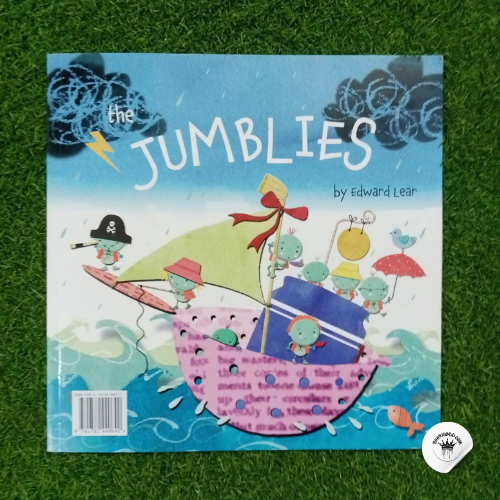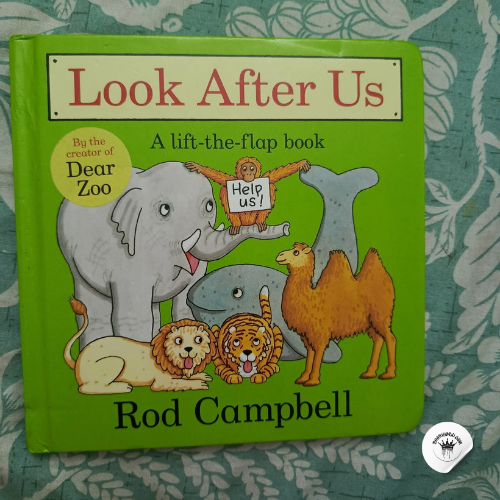The Jumblies by Edward Lear
Summary: Edward Lear’s nonsense poem “The Jumblies” follows a merry band of odd little voyagers (“the Jumblies” with green heads and blue hands) who “went to sea in a Sieve” despite all warnings storynory.com.
In the opening stanzas they cheerfully ignore friends’ protests and set off on a stormy voyage. A fierce gale soon hits and water pours into the sieve, but the resourceful Jumblies wrap their feet in paper and tuck into a crockery jar, proclaiming themselves “wise” rather than “rash”poetryfoundation.org.
As they sail on through dark nights, they whistle and sing joyfully under a pea-green sail. Eventually the Jumblies reach a distant Western land and buy a fantastical haul of goods – an owl, rice, a cranberry tart, bees, a monkey, Stilton cheese, and morepoetryfoundation.org.
After twenty years they at last return home, where everyone marvels at how tall they’ve grown during their adventurestorynory.compoetryfoundation.org.
-
The poem uses a playful refraining chorus “Far and few, far and few…” to emphasize the Jumblies’ “far away” homelands and their whimsical traitspoetryfoundation.org.
-
Its tone is cheerful and absurd, celebrating the Jumblies’ audacity and camaraderie in defying convention. Many critics note that Lear’s intent is to “dare to be different” – to value fearless adventure and individuality despite doubtersteachersinstitute.yale.edu.
-
Overall, The Jumblies is a charming narrative verse. In it, a group of unlikely heroes merrily defy gravity and logic for the thrill of exploration storynory.com eventually inspiring their neighbors with tales of their voyage.
Full Text
The Jumblies by Edward Lear
I.
The Jumblies by Edward Lear
They went to sea in a Sieve, they did,
In a Sieve they went to sea:
In spite of all their friends could say,
On a winter’s morn, on a stormy day,
In a Sieve they went to sea!
And when the Sieve turned round and round,
And every one cried, “You’ll all be drowned!”
They called aloud, “Our Sieve ain’t big,
But we don’t care a button! we don’t care a fig!
In a Sieve we’ll go to sea!”
Far and few, far and few,
Are the lands where the Jumblies live;
Their heads are green, and their hands are blue,
And they went to sea in a Sieve. poetryfoundation.org
II.
The Jumblies by Edward Lear
They sailed away in a Sieve, they did,
In a Sieve they sailed so fast,
With only a beautiful pea-green veil
Tied with a riband by way of a sail,
To a small tobacco-pipe mast;
And every one said, who saw them go,
“O won’t they be soon upset, you know!
For the sky is dark, and the voyage is long,
And happen what may, it’s extremely wrong
In a Sieve to sail so fast!”
Far and few, far and few,
Are the lands where the Jumblies live;
Their heads are green, and their hands are blue,
And they went to sea in a Sieve.poetryfoundation.org
III.
The Jumblies by Edward Lear
The water it soon came in, it did,
The water it soon came in;
So to keep them dry, they wrapped their feet
In a pinky paper all folded neat,
And they fastened it down with a pin.
And they passed the night in a crockery-jar,
And each of them said, “How wise we are!
Though the sky be dark, and the voyage be long,
Yet we never can think we were rash or wrong,
While round in our Sieve we spin!”
Far and few, far and few,
Are the lands where the Jumblies live;
Their heads are green, and their hands are blue,
And they went to sea in a Sieve.poetryfoundation.org
IV.
The Jumblies by Edward Lear
And all night long they sailed away;
And when the sun went down,
They whistled and warbled a moony song
To the echoing sound of a coppery gong,
In the shade of the mountains brown.
“O Timballo! How happy we are,
When we live in a Sieve and a crockery-jar,
And all night long in the moonlight pale,
We sail away with a pea-green sail,
In the shade of the mountains brown!”
Far and few, far and few,
Are the lands where the Jumblies live;
Their heads are green, and their hands are blue,
And they went to sea in a Sieve. poetryfoundation.org
V.
The Jumblies by Edward Lear
They sailed to the Western Sea, they did,
To a land all covered with trees,
And they bought an Owl, and a useful Cart,
And a pound of Rice, and a Cranberry Tart,
And a hive of silvery Bees.
And they bought a Pig, and some green Jack-daws,
And a lovely Monkey with lollipop paws,
And forty bottles of Ring-Bo-Ree,
And no end of Stilton Cheese.
Far and few, far and few,
Are the lands where the Jumblies live;
Their heads are green, and their hands are blue,
And they went to sea in a Sieve.poetryfoundation.org
VI.
The Jumblies by Edward Lear
And in twenty years they all came back,
In twenty years or more,
And every one said, “How tall they’ve grown!
For they’ve been to the Lakes, and the Torrible Zone,
And the hills of the Chankly Bore!”
And they drank their health, and gave them a feast
Of dumplings made of beautiful yeast;
And every one said, “If we only live,
We too will go to sea in a Sieve,—
To the hills of the Chankly Bore!”
Far and few, far and few,
Are the lands where the Jumblies live;
Their heads are green, and their hands are blue,
And they went to sea in a Sieve.poetryfoundation.org
Illustrative Images
The Jumblies by Edward Lear
Edward Lear’s original 1871 illustration for “The Jumblies”commons.wikimedia.org. This drawing shows two of the green-headed Jumblies cheerfully sailing in their sieve (with a companion owl on board).
The Jumblies by Edward Lear.
Lear’s classic line art and watercolor convey the poem’s whimsical nonsense style. The characters’ exaggerated features and joyful expressions vividly capture the adventurous, carefree mood of the verse.
Cover of The Jumblies and Other Nonsense Verses (Frederick Warne & Co., 1900s), illustrated by L. Leslie Brooke The Jumblies by Edward Lear. Brooke’s richly colored artwork depicts a lively group of Jumblies on their sieve amid rolling waves and exotic purchases.
Note the green heads and blue hands on the characters, faithfully echoing Lear’s description. This period illustration highlights the joyful, fearless spirit of the voyage.
Cover of a 1968 Young Scott edition of The Jumblies, illustrated by Edward Gorey lornebair.com. Gorey’s distinctive gothic-cartoon style adds a humorous twist: a Jumblie front-center holds an orange, while others appear around a giant boulder.
Though visually darker, the image still reflects Lear’s playful tone and the poem’s eccentric adventure.
Sources: See Edward Lear’s The Jumblies in Nonsense Songs (1871) commons.wikimedia.org and on PoetryFoundation poetryfoundation.org for the full text. The Jumblies by Edward Lear.
The summary draws on children’s guides and educational analyses storynory.comteachersinstitute.yale.edu, and image captions are based on official editions (Warne’s 1900s printing gutenberg.org, Gorey’s 1968 edition lornebair.com).







